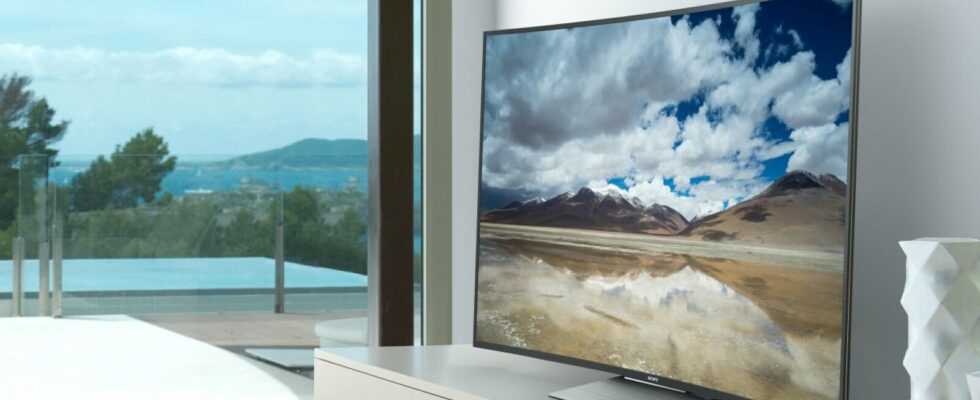The latest televisions are supposed to impress with ever clearer colors, higher contrasts and larger picture diagonals. Various image technologies compete on the market, which we will explain to you here in a series of targeted articles. This makes the purchase decision easier.
We explain how you can find the best TV. (Source: Sony.de)
A look into the TV department of a technology market is enough to determine the different strategies Samsung, Sony, LG and Co are pursuing with current televisions. While the trend is clearly towards ultra-high resolution and ultra-contrast images, these goals are being achieved in a variety of ways. Fundamental differences can be found in the LCD, OLED or Quantum Dot panel, for example.
Even if two manufacturers use the same technology, the designations often differ. That’s why we explain everything you need to know about technology, specification and configuration in the following articles.
That means 4K, UHD and HDR
Every major TV manufacturer is currently advertising with abbreviations such as 4K, UHD and HDR, but what is behind it? The information refers to minimum requirements in terms of resolution or image quality. Although all major manufacturers are part of the “UHD Alliance”, the terms used differ greatly from one another.
These are the current image technologies
Although the TV manufacturers agree on common standards, they sometimes achieve the associated specifications in very different ways. Depending on the device, different image technologies are used. We give you the right overview.
Sony: 4K HDR technology explained
Sony’s current televisions are branded with the 4K HDR logo. This stands for particularly high image quality What exactly is behind this standard, we explain in this article.
The right configuration
Anyone who has informed themselves in detail and was able to make a well-founded purchase decision should now deal with the correct configuration of the new TV set. We will go into detail about the configuration options that may be complicated under certain circumstances and explain the perfect position of the television. If you want, you can even find out how the HDMI signal is transmitted completely wirelessly at home and in the office.
Transmit HDMI via radio or network
If you have to bridge large distances in image transmission or want to control many devices in parallel, you can use Ethernet or coaxial cables as well as wireless technology for image transmission as an alternative. Here, too, the offers differ greatly from one another. We explain the important specifications of good wireless HDMI transmitters, we also look at Ethernet and coax solutions.
Different operating systems
Smart TVs have different operating systems, just like computers. This is how Smart TVs with Android operating systems differ from many other Smart TVs. Since these differences also include the initial installation, we will explain how to set up your Android TV system in a separate guide.
